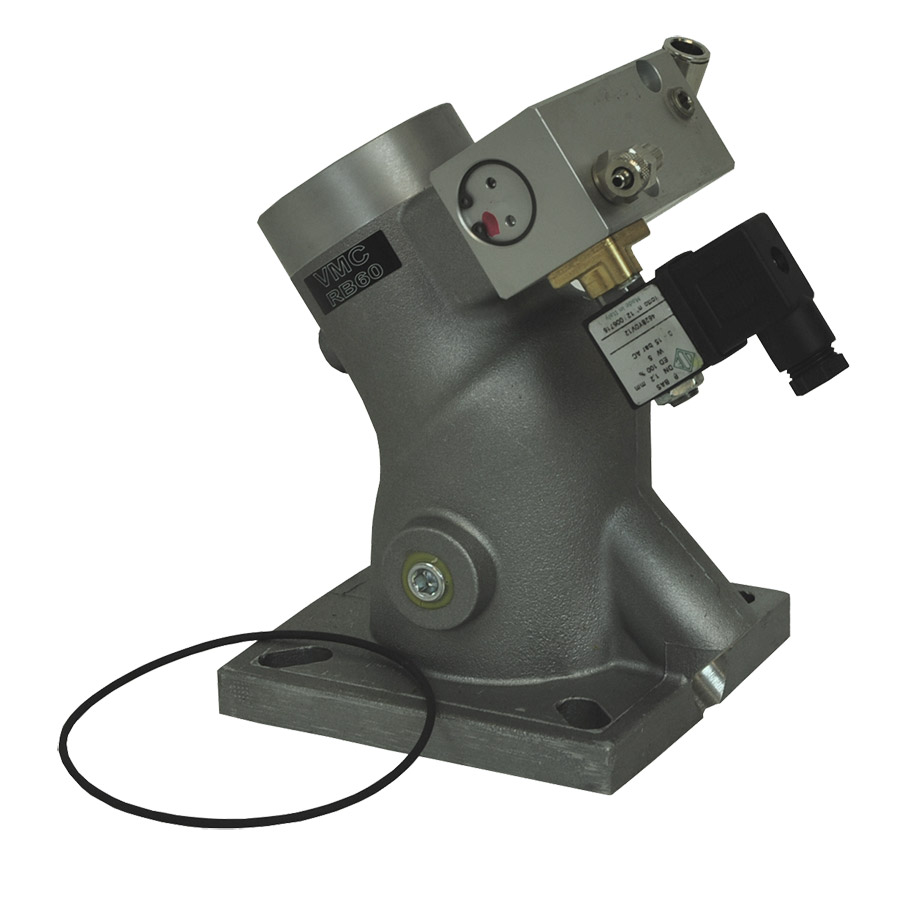
8 bits per pixel (64KB for a 256x256 Texture).
#COMPRESSOR 4 STANDALONE ANDROID#
Note: On Android mobiles that don’t support ETC2, the Texture is uncompressed at runtime to RGBA32Ĭompressed RGBA Texture. On Android platforms that don’t support ETC2, the Texture is uncompressed at runtime to RGB 24 bit.
#COMPRESSOR 4 STANDALONE FOR ANDROID#
This is the default Texture compression format for Android projects. It does not support alpha.Ĭompressed RGB Texture. Note: ETC1 is supported by all OpenGL ES 2.0 GPUs. Platforms with Direct3D 10 Shader Model 4 Note: BC7 Textures are uncompressed at runtime to RGBA 32bits on the following platform configurations:

High-quality compressed unsigned normalised integer RGB or RGBA Texture. Platforms with Direct3D 10 Shader Model 4 or OpenGL 3 GPUs Note: BC6H Textures are uncompressed at runtime to RGBA half on the following platform configurations: See Notes, above, for more on crunch compression.Ĭompressed unsigned float/High Dynamic Range (HDR) RGB Texture. Similar to RGBA Crunched DXT5, but compressed using crunch compression. Variable, depending on the complexity of the content in the texture. See Notes, above, for more on crunch compression. Similar to RGB Compressed DXT1, but compressed using crunch compression. Windows, Linux, macOS, PS4, XBox One, Android (Nvidia Tegra and Intel Bay Trail), WebGLĬompressed unsigned normalised integer RGBA Texture.

Crunch Textures can take a long time to compress, but decompression at runtime is very fast.Ĭompressed unsigned normalised integer RGB Texture. Crunch compression helps the Texture use the lowest possible amount of space on disk and for downloads. Textures are decompressed to DXT on the CPU, and then uploaded to the GPU at runtime. RGBA is a version of RGB with an alpha channel, which supports blending and opacity alteration.Ĭrunch compression is a lossy compression format (meaning that parts of the data are lost during compression) on top of DXT Texture compression. RGB is a color model in which red, green and blue are added together in various ways to reproduce a broad array of colors. The table below shows supported platforms for each compression format. In addition, all platforms have different hardware, and are optimised to work most efficiently with specific compression formats choosing non-compatible formats can impact your game’s performance. When this happens, time is lost decompressing Textures, and memory is lost because you are storing them twice. When you use a Texture compression format that is not supported on the target platform, the Textures are decompressed to RGBA 32 and stored in memory alongside the compressed Textures. In the description below, see the final file size of a in-game Texture of 256 by 256 pixels. Choosing a Texture compression format is a balance between file size and quality the higher the quality, the greater the file size. The following table shows the Texture compression format options available on each platform, and the resulting compressed file size (based on a 256px-square image). PlatformĪll supported Texture compression formats The following table shows the default formats used for each platform. Default internal Texture representation per platform To apply custom settings for each platform, use the Texture Importer to set default options, then use the Platform-specific overrides panel to override those defaults for specific platforms. Unity has certain default formats set up for each platform, but in some situations you may want to override the default and pick a different compression format for some of your Textures (for example, if you are using a Texture as a mask, with only one channel, you might choose to use the BC4 format to save space while preserving quality). However, on most platforms there are a number of different supported Texture compression formats to choose from. Only the converted Textures are included in your build your source Asset files are left in their original format, in your project’s Assets folder.

The various different platforms and devices available each have their own different proprietary formats.īy default, the Unity Editor automatically converts Textures to the most appropriate format to match the build target you have selected. 3D graphics hardware requires Textures to be compressed in specialized formats which are optimised for fast Texture sampling. While Unity supports many common image formats as source files for importing your Textures (such as JPG, PNG, PSD and TGA), these formats are not used during realtime rendering by 3D graphics hardware such as a graphics card or mobile device.


 0 kommentar(er)
0 kommentar(er)
